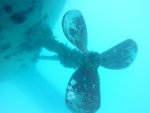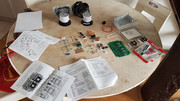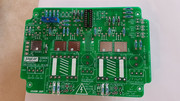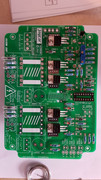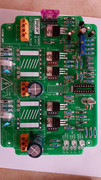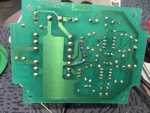superheat6k
Well-Known Member
Just been looking at these at SIBS, where I felt £1,500 + vat for a couple of transducers and a small box of electronics was a bit steep for something many seem to be sceptical about.
I have read some of this immense thread where extensive mention of the Jaycar unit is made. I see it is self assembly, no issue with that, but to avoid having to trawl through some 372 thread responses can someone point me in the direction of a UK supplier.
I know they are not the answer to everything fouling but I do like the idea of positioning a transducer above each prop and bombarding them with the noise, because I am simply fed up with the fouling killing boat speed by August each year, and if I can reduce the fouling only on the props I will be quite happy.
I have read some of this immense thread where extensive mention of the Jaycar unit is made. I see it is self assembly, no issue with that, but to avoid having to trawl through some 372 thread responses can someone point me in the direction of a UK supplier.
I know they are not the answer to everything fouling but I do like the idea of positioning a transducer above each prop and bombarding them with the noise, because I am simply fed up with the fouling killing boat speed by August each year, and if I can reduce the fouling only on the props I will be quite happy.

